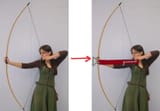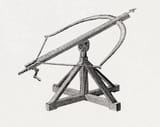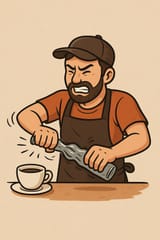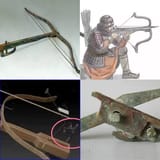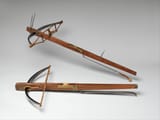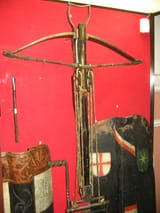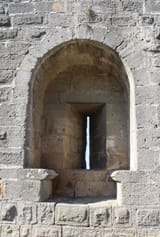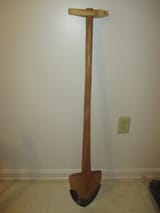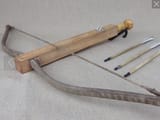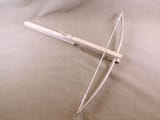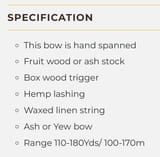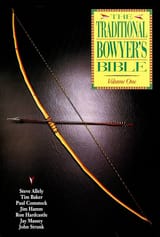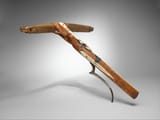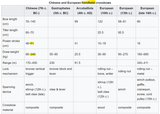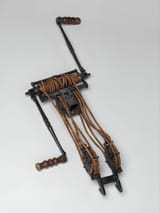>>64152461
>measurement
Are you that dense? You knoe how bows are made, right?
>Yew
Might be can't tell from the sapwood. Again: You do have an understanding how bows are made, right?
You're looking at natural materials. You dont take 'a piece of wood of the correct species' and 'shape it according to measurements' and end up. with a performing bow. If he did the same for the longbow he compares it against it would be stupid but fair.
>120 lbs bow
>150 lbs bow
Well hsve fun shooting a 150 lbs bow and also again: He is comparing what seems to be amateurish and uninformed shit or perhaps even bad faith shit to figures from documented well made bows.
At any rate. It remains a wooden bow. There probably are limits to that.
>Iron staves
they were steel. Neither ectual iron (elemental) nor colloquial 'iron' as in cast, low melting point, would make anything useable.
>Iron was rare
So was wood. Especially quality wood. Forests in europe, back then, were used much more intensively than they are now. People didn't have much food or heat, they needed to get as kuch out of every bit of their surroundings as they could. I've mentioned yew being almost extinct after the english bow craze.
>gave them an edge
there you have it
cheaper, easier to produce with less skill and more dependable, controlable raw material which yiu dont have to wait for but can extract at the rate you work for it. Pretty much the story of modern industry. Not a coincidence.
>farming implements
do you understand how many were peasants and how many hed weaponry? there's no comparisson here. For once you're again creating false equality of 'wood'. 'Wood' is not wood. They'd use whatever hardwood for a rake because it did the job. It would not make a bow nor crossbow. Youre also creaging some sort of false relation between farm implements and weapons. There was a member of royalty who would have their seat in a castle, this castle was defended, if needed, by a handful of men who used weapins held in the(...
